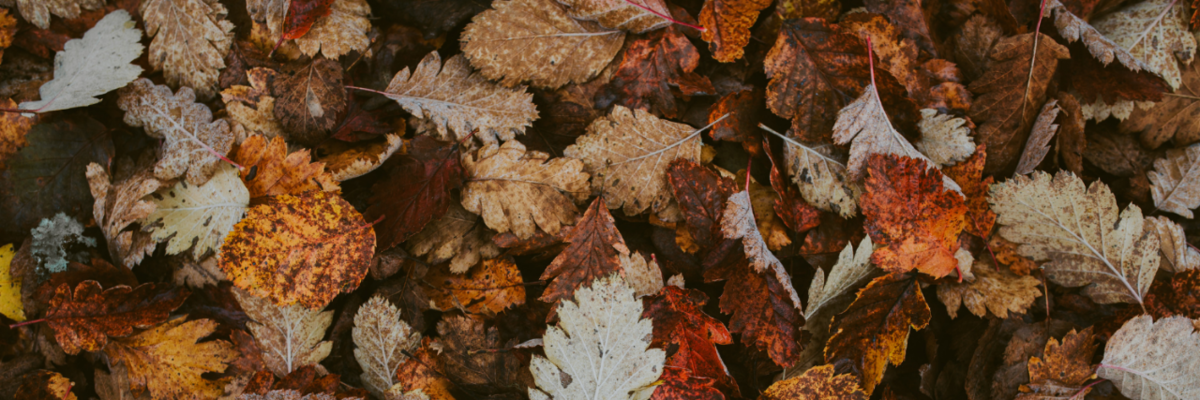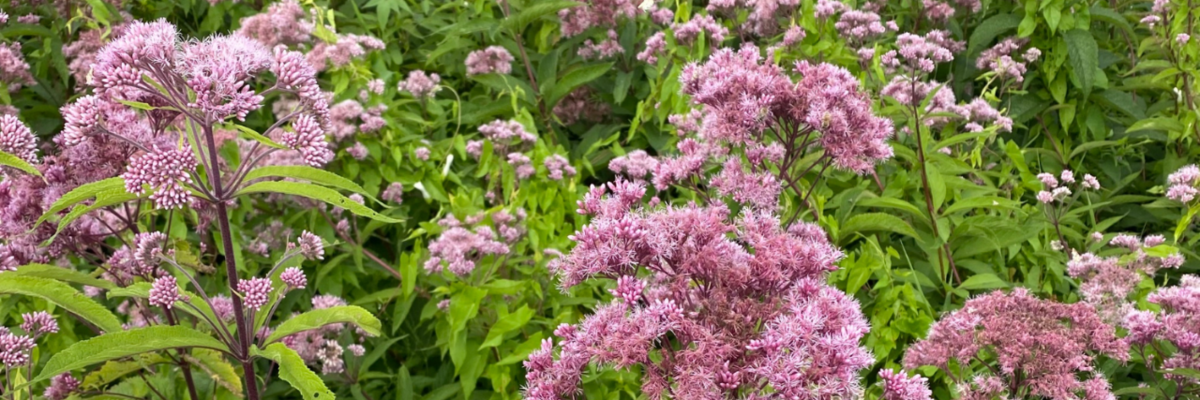
We collect basic website visitor information on this website and store it in cookies. We also utilize Google Analytics to track page view information to assist us in improving our website.
Written by: Mary Yu
As summer draws to a close and the seasons begin to change, the autumn air settles in as the first set of leaves start to fall. This season is when the majority of us retrieve our rakes, relocate our potted plants indoors, and undertake comprehensive preparations for our garden or yard in anticipation of the impending cold front. Turns out, fall is also the perfect time to make your urban landscape more wildlife friendly and ecologically functional!
As the leaves start dropping, does the idea of needing to rake, bag, and get rid of all that leaf debris fill you with dread? Well, this might be the year to leave those leaves because they actually play an important role for the local wildlife. Many little critters like pollinators, insects, frogs, birds, and other backyard dwellers use leaves and other fallen debris to survive the harsh Canadian winters. By leaving a few layers of leaves on your lawn and garden beds, you’re providing valuable habitat for your local wildlife.
You don't need to fully commit to leaving everything either! If you prefer the appearance of a well-maintained lawn, consider a compromise by stacking the leaf litter in your garden beds or strategically positioning piles around your yard, such as along fences or within a treed hedgerow. As a bonus, leaf litter can act as a natural mulch to suppress non-native species and will naturally decompose to enrich your soil!

Just like it can be tempting to tidy up all the leaves, fall is usually the time when you would cut down and get rid of any dead or dying stems of old plants. Although they have finished flowering, those plants still have purpose! Depending on the types of native plants in your garden, remnant seeds and berries can help to support wildlife in the fall and winter. If you remove these resources too early, you take them away from birds who may be passing through, and you also might miss out on your plants seeding out and spreading naturally!
At the very end of the growing season, maybe around November or December, cut down only partway on your plants that have hollow stems, like Wild Bergamot, Joe Pye Weed, Elderberry, and Swamp Milkweed. Although native bees won’t nest in actively growing plants, they will make use of these dry, hollow stems next season when they come to nest in your garden. By leaving some of your hollow stems open and standing, you can attract more pollinators to your yard next year!

Have you been considering the addition of native plants to your garden but believe it's too late in the season? In fact, many native Canadian species need a period of cold stratification to sprout in the spring, making the fall an ideal time for planting them. Since Canada naturally has 4 distinct seasons, native species have evolved to survive through winter (period of cold) before they are able to sprout and bloom the following spring. Planting or seeding in the fall allows these plants to establish before the frost begins, go through their natural cold stratification, and then germinate come springtime. In addition, you should plant new trees or shrubs in the fall so they have at least 6 weeks to establish prior to first frost. If you’ve been holding out for the perfect time to add some native species to your garden, check out your local nurseries and community partners to get those seeds now!
Want some more tips on fall gardening? Check out:
Nature Conservancy - 10 Ways to get your garden ready for fall
Xerces Society for Invertebrate Conservation - Moving beyond flowers: natural nesting habitat for bees and other insects
Firefly Conservation and Research - Build firefly habitat
Join our email list to receive occasional updates about Network of Nature and ensure you get the news that matters most, right in your inbox.